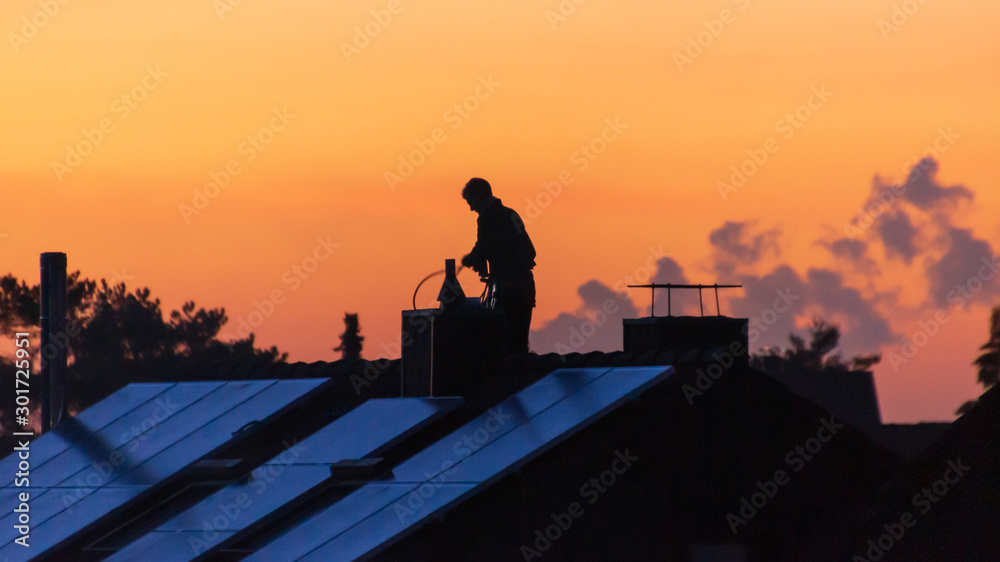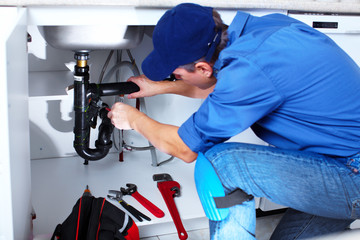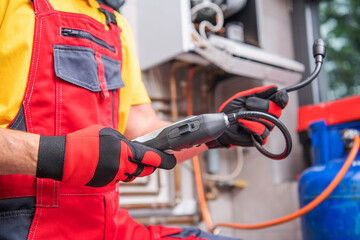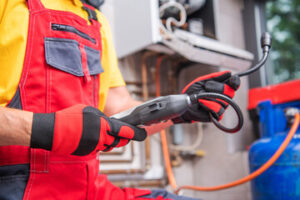Clean Chimney Sweep Charleston uses various tools to clean and inspect chimneys. Before a chimney sweep arrives, moving any furniture or decorations that could be harmed by soot or dust is helpful. Until recently, chimney sweeps were often orphan children hired by master sweeps to climb into their flues as apprentices. Although laws against this barbarity were passed, child chimney sweeps still suffered from neglect and abuse.
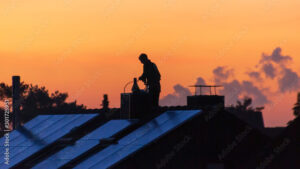
Chimney sweeps must be knowledgeable in the many aspects of chimney and fireplace maintenance. They must also be able to educate homeowners on the importance of keeping chimneys and fireplaces clean and safe. They must also be aware of current industry regulations set by the National Fire Protection Association. These include NFPA 211, which sets standards for chimneys and flues. Chimney sweeps must also be familiar with the requirements of local and state codes and ordinances regarding fireplaces, wood-burning stoves, and fuel-burning apparatuses.
In addition to sweeping, chimney sweeps are responsible for thoroughly inspecting the fireplace and chimney system. During this process, they check the integrity of the chimney liner, smoke chamber, and firebox. They will also test the flue for flammability. They will also inspect the interior and exterior of the chimney and fireplace structure for signs of a fire hazard, such as creosote build-up.
If a chimney has been neglected for a long time, it may require repair or relining. A qualified chimney sweeper can identify these problems and make the necessary repairs. They will also recommend a regular cleaning schedule to prevent further deterioration of the chimney and fireplace structure.
Whether sweeping or conducting a complete inspection, chimney sweeps must be strong and flexible to maneuver in tight spaces. They must climb ladders and crawl spaces without damaging themselves or the chimney’s structure. They must also be able to carry heavy tools, including brushes and vacuums, several times during a workday. The job can be physically challenging for people predisposed to back pain or other repetitive use injuries.
When choosing a chimney sweep, look for one with a CSIA certification. This credential is recognized by industry leaders, insurance professionals, and government agencies. This organization has a code of ethics that chimney sweeps must follow, and it helps protect homeowners from scams.
If a chimney sweep is making claims that your chimney or fireplace is unsafe, get another opinion. They may be trying to frighten you into purchasing unnecessary services. For example, they might show you debris from a damaged chimney and tell you that it indicates the chimney liner is broken.
Chimney sweeps use specialized chimney cleaning equipment designed to preserve the structure of your fireplace and chimney. The tools allow them to get into tight spaces you cannot easily reach on your own and remove creosote deposits. They also use a powerful vacuum cleaner to remove dust, debris, and ash residue inside your chimney. They often wear protective suits and masks for safety. Chimneys can become very explosive when a lot of creosote builds up. A chimney fire can damage your home and cause smoke and carbon monoxide poisoning, which puts you and your family at a serious health risk. A chimney fire can also cause expensive and destructive structural damage to your fireplace, chimney, and other home parts.
Having your chimney swept regularly reduces the creosote that accumulates inside it and helps prevent a chimney fire. Creosote is a dark, tar-like substance that forms when you burn wood. It is extremely flammable and can damage your fireplace and other chimney structures. A large creosote in your chimney can block the flue and restrict airflow through your fireplace and heating system. It can cause your fireplace to overheat and become damaged or even to stop functioning altogether.
The life of a chimney sweep was dramatized and romanticized in movies, TV shows, and artwork, but it was often a hard and dangerous job. Chimneys can be incredibly tall and have narrow nooks and crannies that are only possible with the right equipment. Many chimney sweeps worked in poor conditions and were exposed to dangerous gases and soot, contributing to respiratory problems and diseases.
When you hire a chimney sweeper, they should give you clear instructions on preparing your home before the visit. It may include moving furniture away from the fireplace and covering it with plastic or drop cloths to protect it from soot and other debris. You should also ensure that your fireplace and chimney are completely cool before the sweep arrives.
Chimney sweeps have always been portrayed as cheerful youngsters having fun in literature, movies, and artwork. But in reality, a chimney sweep’s job was hard and dangerous. Child sweeps were often orphans who found themselves trapped in the trade. They were used for their strength, endurance, and physical ability to climb to the tops of the chimneys.
Chimneys were designed to create a draft that pulled air over hot coals and wood and continued combustion. Over time, however, creosote builds up inside the vent. It restricts the flow of smoke and can also cause a chimney fire, which could engulf the entire structure and burn the house down. Regular chimney sweeping is essential to remove creosote and keep the chimney working properly.
It’s important to choose a professional chimney sweeper that is licensed and insured. They should also be certified by the Chimney Safety Institute of America. They must regularly attend seminars to stay up-to-date on the latest chimney inspection, cleaning, and repair codes and techniques.
A good chimney sweep will always arrive on time and bring all required equipment, including ladders, drop clothes, specialized vacuums, and other safety tools. A professional sweeper will always leave your home cleaner than they arrived, and they should have the skills to quickly diagnose problems and determine whether or not a chimney repair is necessary.
The chimney sweep profession has come a long way since children were sent up chimneys with brushes. Today, Chimney sweepers have many responsibilities, including cleaning, inspecting and repairing fireplaces, stoves, hearths, and more. They are experts in the science and codes behind fireplaces and chimneys and can help you keep your fireplace safe, efficient, and beautiful.
A dirty chimney can lead to poor drafting and toxic carbon monoxide leaks. A clean vent, on the other hand, can reduce your heating bills and keep your family healthy. Choosing a chimney company with experience and a good reputation is the best way to protect your investment. An experienced chimney company will be able to advise you on the best types of fireplaces, stoves, and chimneys to fit your home and budget.
A chimney sweeper must have a variety of tools to perform their job. These include brushes to remove soot & creosote, power vacuums to remove debris, and a camera to inspect the interior of a flue. They also use specialized equipment for cleaning chimneys on steep roofs & in difficult-to-reach locations. These tools can take a significant amount of time to set up & operate, Depending on the job. Additionally, the chimney sweep must have enough stamina to work at heights for long hours of the day. Keeping a good mindset and taking frequent breaks are important to prevent exhaustion or injury.
Before beginning a chimney cleaning, the sweeper must perform a smoke draw test on the fireplace to ensure adequate airflow. It is essential for keeping a fire from overheating the flue, which could cause a chimney fire or even destroy the house.
Sweeps will also check the chimney and fireplace for damage. If the chimney has been damaged or the fireplace has an open flue, it must be relined to ensure that toxic gases are not released into the home. In some cases, the chimney may need to be rebuilt. The sweep will determine if this is the case by examining the flue liners, smoke chamber, & firebox.
As the winter approaches, homeowners will begin calling for chimney sweep services. These companies will be in high demand during this season, causing them to charge higher prices.
A homeowner should prepare their home for a chimney sweep by putting furniture & other items away from the fireplace, clearing ashtrays, and covering carpets or tapestries with plastic. If the fireplace is in use, it should be turned off at least 24 hours before the sweep arrives. Turning on a fireplace fan to circulate the air and help disperse the smoke.
Chimney sweeps must be able to climb on the roof and assess heating systems & fireplaces for stability and other problems. They must also be able to navigate narrow crawl spaces and other tight areas. For this reason, the job is not a good fit for those who are claustrophobic or have limited mobility.
